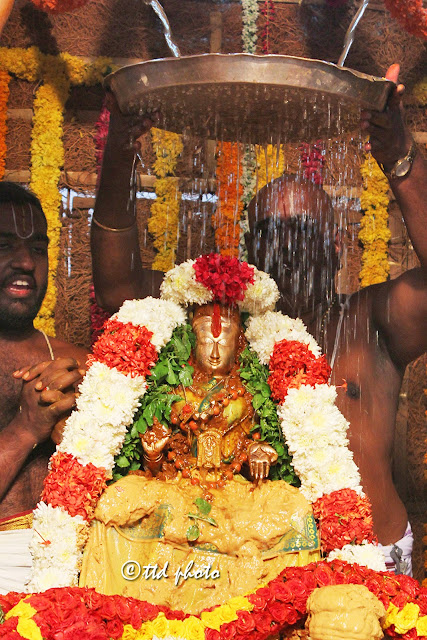Tiruchanoor Padmavathi Devi Temple – Pancharatra Agama and Divine Rituals
Etymology and Divine Origin
- Tiruchana
means Divine Lady—referring to Goddess Padmavathi Devi, who
manifested on a 1000-petal golden lotus in this sacred village.
- Hence,
the village is named Tiruchanoor, the abode of the Universal
Beauty and consort of Lord Venkateswara.
Agama Foundations
- Agamas
are sacred scriptures detailing temple rituals, architecture, and
spiritual philosophy.
- There
are 11 branches of Agamas, including Vaishnava, Shaiva, Shakta,
Saura, Ganapathya, and more.
- In
Vaishnavism, two Agamas are most revered:
- Sri
Vaikhanasa Agama – followed in Tirumala
- Sri
Pancharatra Agama – followed in Tiruchanoor
Pancharatra Agama – Core Teachings
- Composed
of over 200 Samhitas, dating back to 3rd century BCE
- Taught
by Lord Vishnu to Ananta (serpent king), Garuda, Viswaksena, Brahma,
and Parameswara over five nights
- Core
principle: Surrender to God, expressed through six aspects:
1.
Atma-Nikshepa
– total self-surrender
2.
Kaarpannya
– humility and self-awareness
3.
Mahaa-Visvaasa
– unwavering faith
4.
Goptrtva
– Lord as sole protector
5.
Praatikulya-Vivarjana
– renouncing antagonism
6.
Anukulya-Nischaya
– resolve to do good to all beings
Temple Rituals and Samhitas
- Rituals
follow Sri Padma Samhita and Sri Prasna Samhita
- Three
categories of festivals:
- Nityotsavams
– daily and annual (e.g., Karthika Brahmotsavam)
- Naimitthikotsavams
– occasional
- Sankalpotsavams
– intentional vows
Chatusthanarchana Vishesham (During
Brahmotsavams)
Performed twice daily:
- Morning:
5:00 AM – 6:00 AM
- Evening:
4:30 PM – 5:30 PM
Involves invoking:
- Sri
Paravasudeva in holy water
- Sri
Mahalakshmi in kalasam
- Agni
in homam
- Akshata
in Chakrabja Mandalam
- Yaga Bera in deity form (Bimbam)











Post a Comment